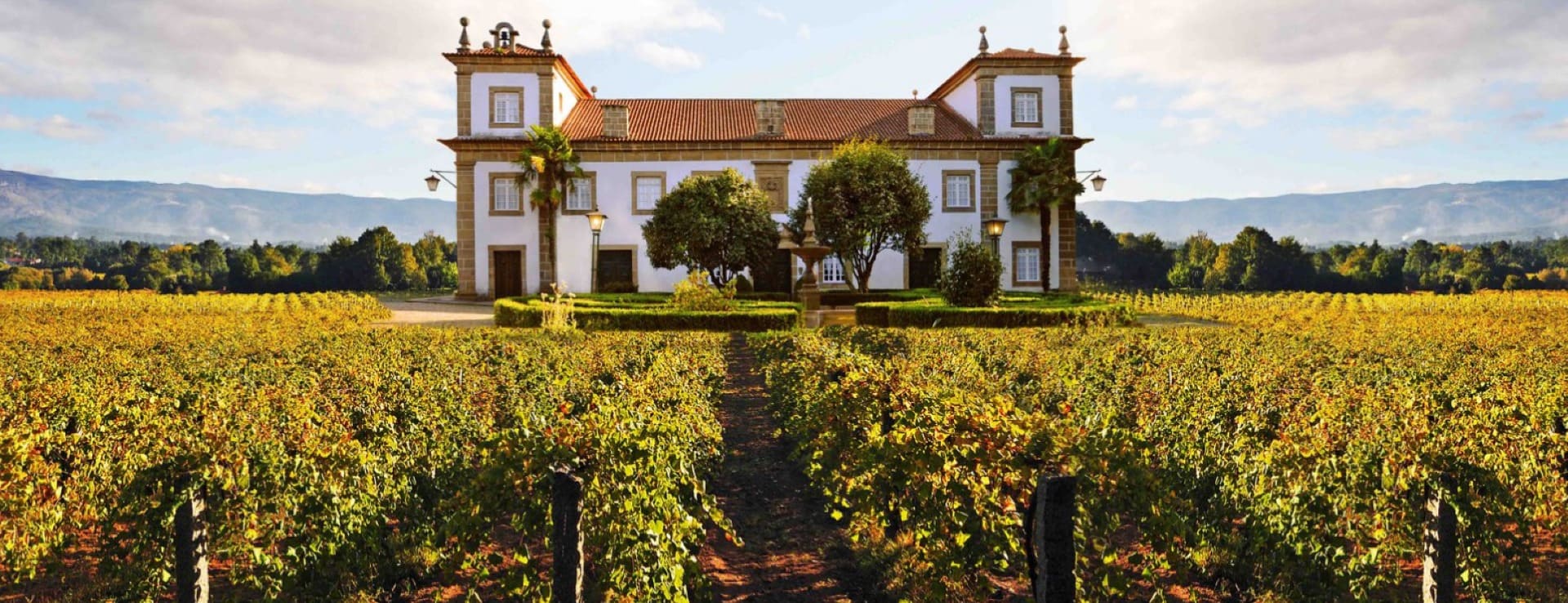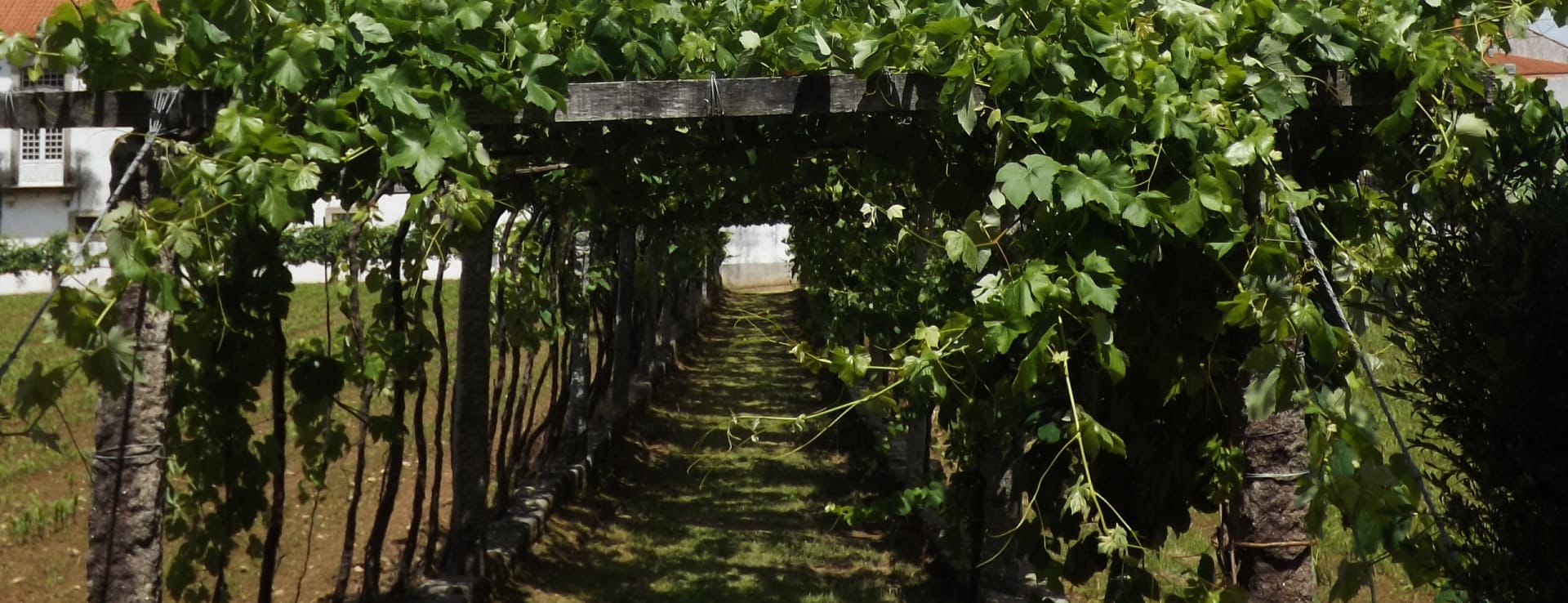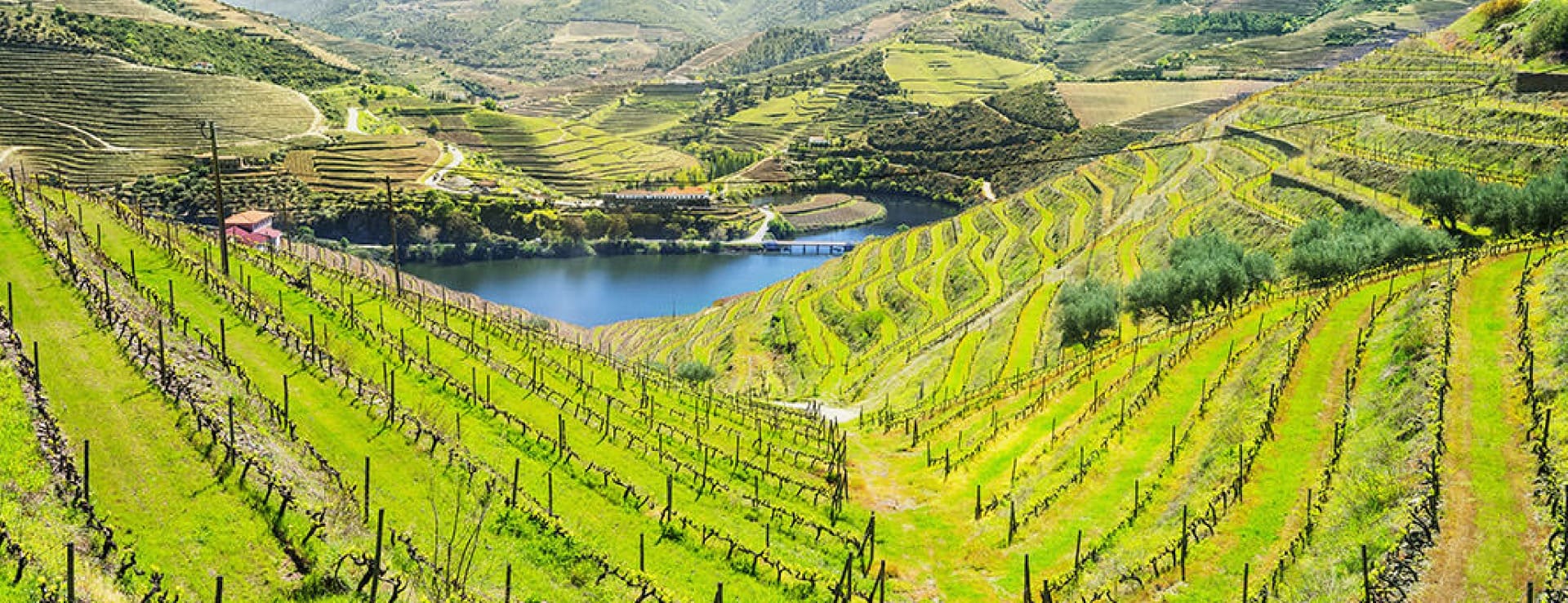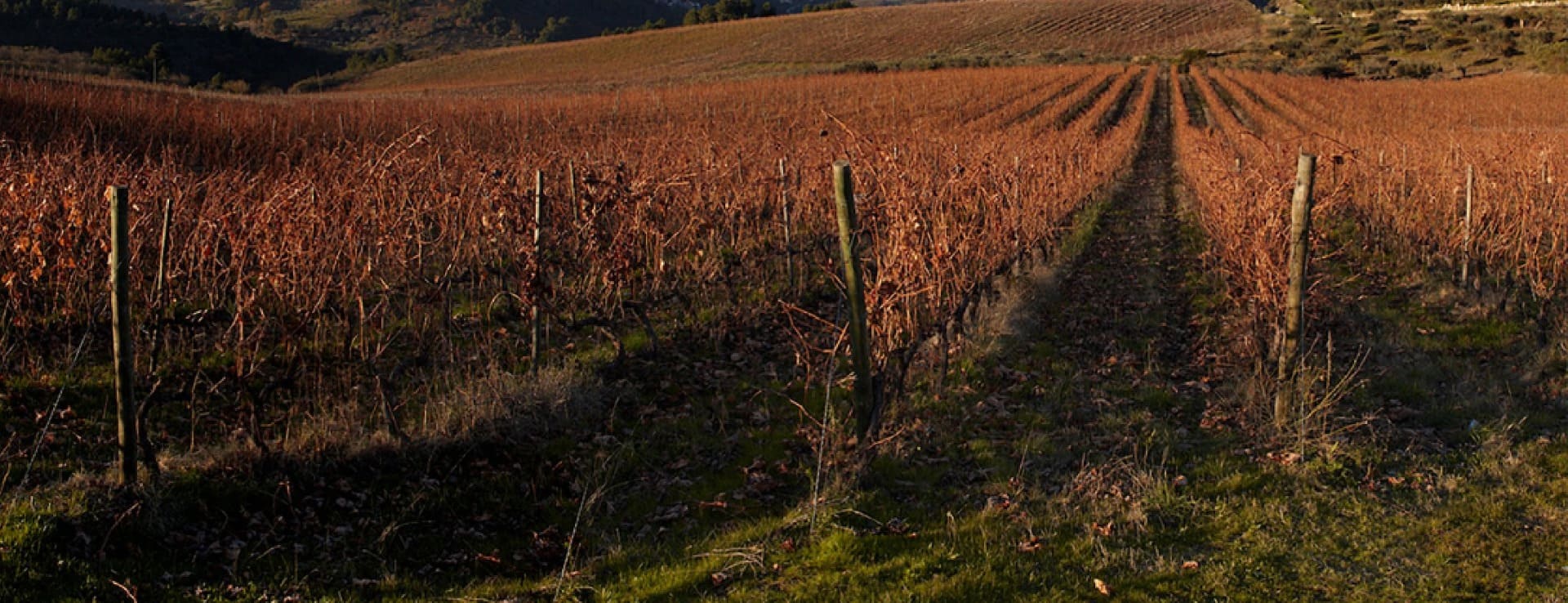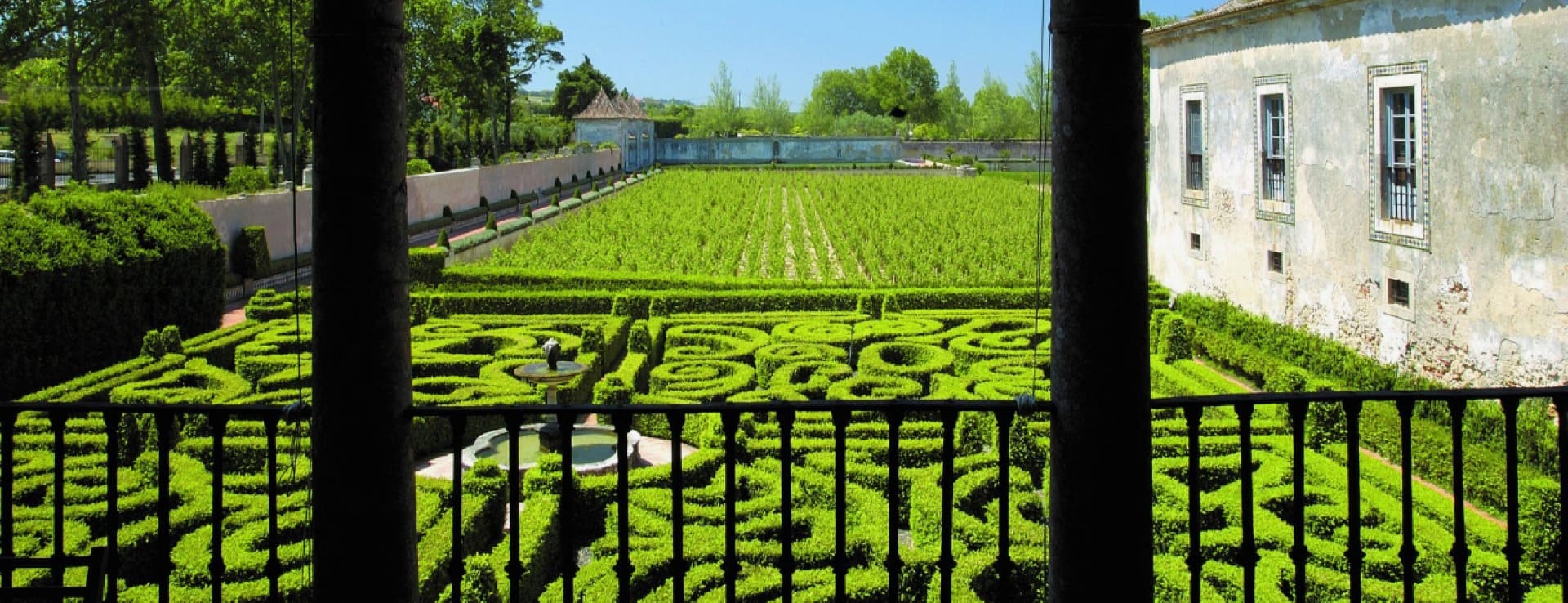Find your winery or vineyard
3 Wineries and Vineyards for sale in DOC Vinhos Verdes
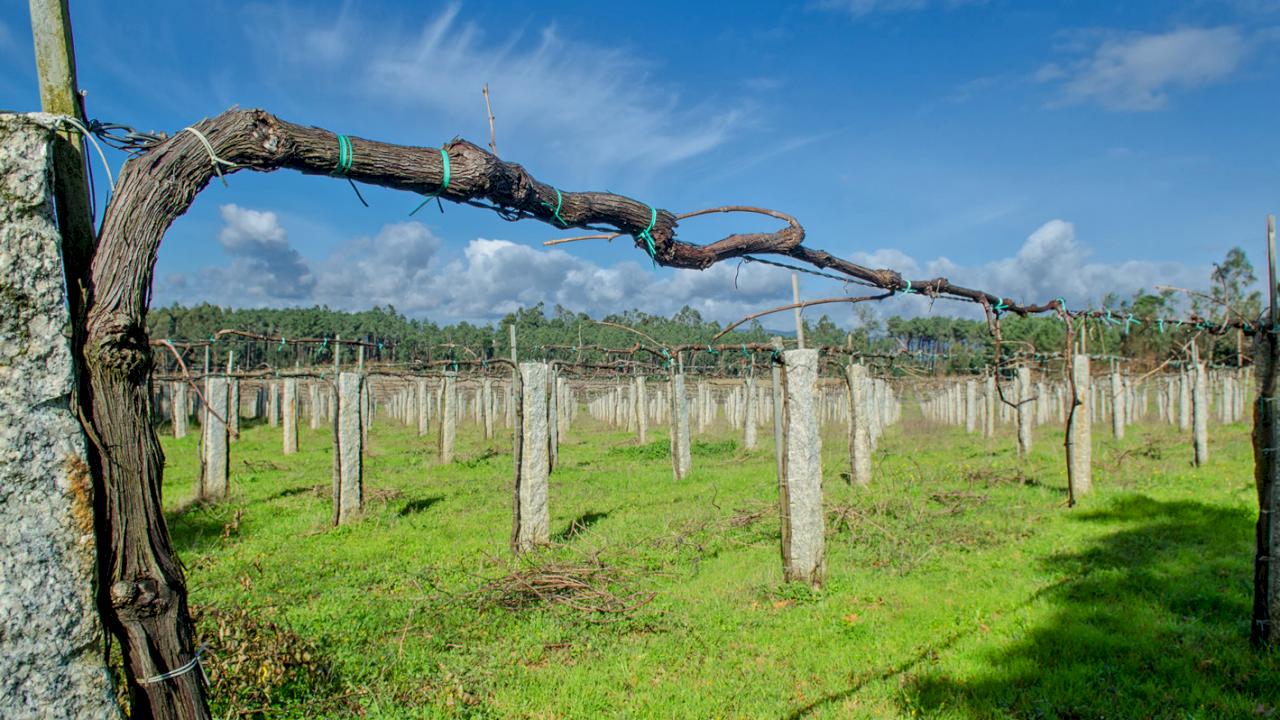
Luxury hotel from XVII Century with winery.
Hotel winery in DOC Vinhos Verdes.
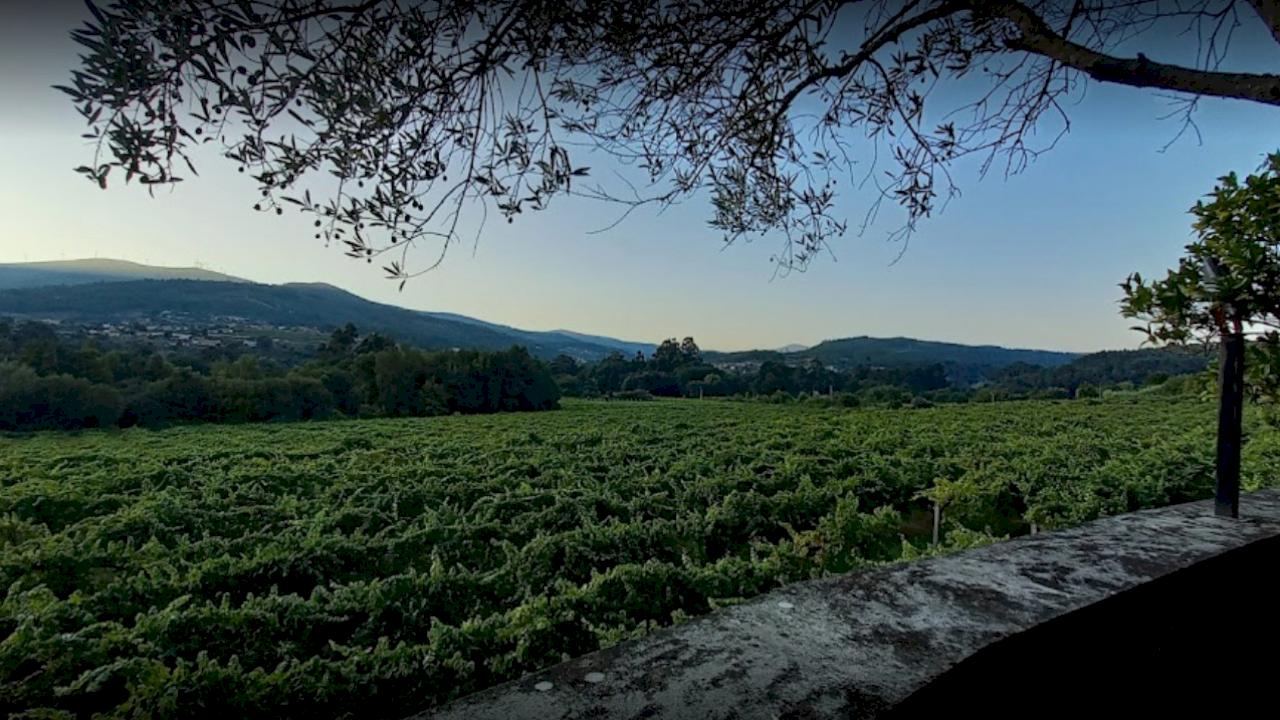
Hotel of 13 rooms and winery surrounded by Alvarinho vineyards.
Hotel winery in DOC Vinhos Verdes.
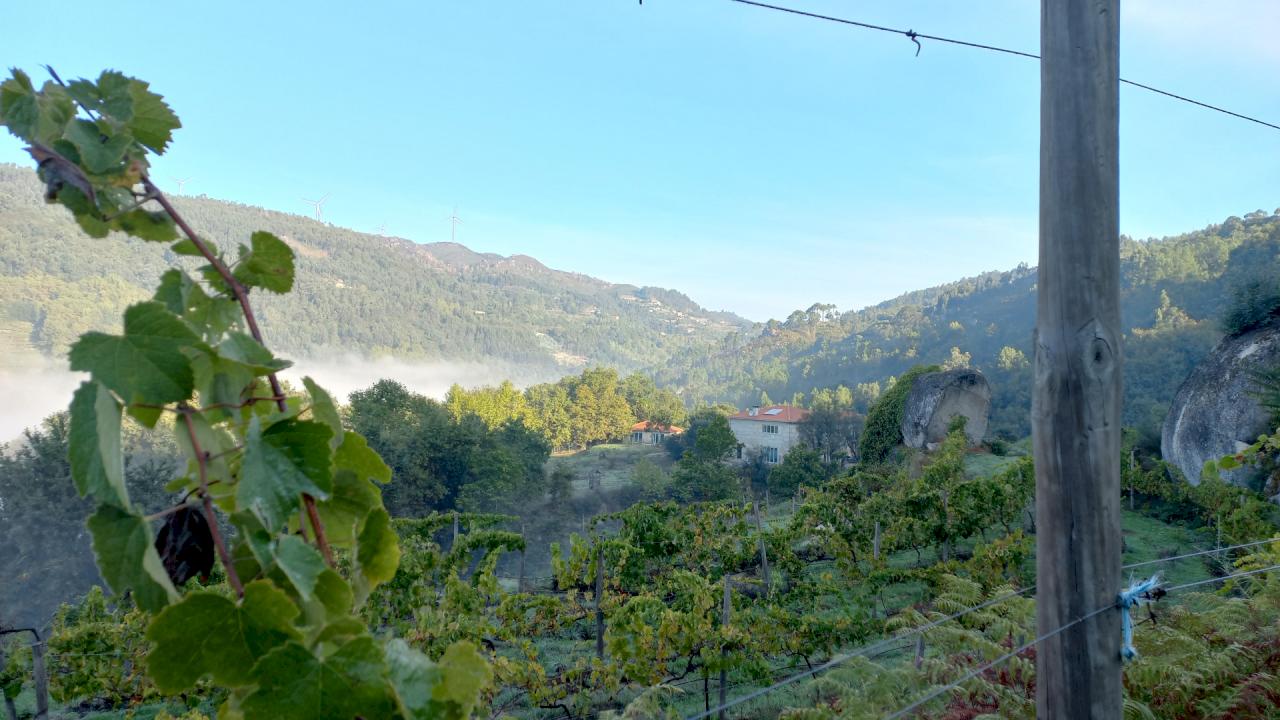
Lovely house together with another smaller house and 6 ha of organic vineyard.
House of 350 m2 together with smaller house of 80 m2
Infographic of the Denomination of Origin

Change to imperial units (ft2, ac, °F)Change to international units (m2, h, °C)
D.O. year of foundation:
1908
Number of wineries (2017):
56
Total surface area:
21.000 ha51.891 ac
Maximum production allowed:
23.500 kg/ha20.965 lb/ac
Altitude of the vineyards:
Min: 300m
Max: 700m
Min: 984ft
Max: 2.297ft
Temperature:
Min: 10º
Max: 22º
Min: 50°F
Max: 72°F
Yearly rainfall:
1.600 l/m2149 l/ft2
DOC VINHOS VERDES
LOCATION AND HISTORY
The vinhos verdes region has a long winemaking tradition. Since Roman times, vines have been cultivated in a characteristic way that has continued to the present day.
The line of the northern cost of Porto is called the Green Coast due to the lush vegetation and the barrier of aromatic pines and eucalyptus which demarcate the area. The Vinho Verde DOC is the largest in surface of Portugal. From Monçao and Melgaço in the Minho river following the coast to Porto almost to the Vouga river. A great part of the region belongs to the historic province of Entre-Douro-Minho. This area is the cradle of Portual, Guimaraes is 50km to the northeast of Porto and was the first capital of the nation. The vineyards are spread along the valleys formed by the wide rivers coming down the mountains of Tras-os-Montes in the interior. The region was first demarcated in 1908.
The very name vinho verde indicates that the wine should be drunk green when it is still young and retains its bright acidity. Hence, wine lists in the past distinguished between vinhos verdes and vinhos maduros, which are mostly aged wines.
Vines represented about 40,000ha during the 80s and in 2019, the surface is 21,000 divided in smallholdings. It is the rural area most heavily populated in Portugal and 3 million people live in the districts of Viana do Castelo, Braga and Porto, representing a third of Portugal’s population.
SOILS AND CLIMATE
The vine in this region has a great vegetative expression, growing freely either climbing up the trees "vinha do enforcado", or an extension of this system called "arejao". The most common is the pergola system, a traditional form of cultivation in the region forming a real roof that covers the edges of the fields or roads with "vinha ramada" or bower. This type of vegetation was replaced in the 1970s by the "crucetas", a type of cultivation that facilitated a certain mechanisation of the fields, but ended up being expensive to maintain. Most eventually switched to simple cordon.
The humid westerly winds from the Atlantic condense when they reach the Iberian Peninsula. The average rainfall is 1,200 m3 on the coast and more than 2,000 m3 in the sierras. It is necessary to raise the grapes off the ground and thus reduce the risk of rot due to humidity or spring frosts in the valleys.
The natural characteristics of the poor granite soils, the climate and the agro-technical conditions of its agriculture produce a particular wine of specific varieties known as Vinho verde in the world.
GRAPE VARIETIES
This wine has a specific genuineness and is produced from the regional red varieties such as Azal tinto, Borraçal, Vinhao, Brancelho, Espadeiro Tinto, Pedral e Rabo de Ovelha and from the white varieties: Alvarinho, Loureiro, Treixadura, Azal Branco, Avesso, Batoca and Pederna. In Vinhos Verdes the variety Arinto is known as Pederna.
The DOC Vinhos Verdes is divided into nine official subregions based in different soils and grape varieties: Monçao-Melgaço, Lima, Cavado, Ave, Basto, Sousa, Amarante, Baiao and Paiva.
The regional wines without DOC of this region belong to the designation Minho.
Wineries:
Apart from the renowned Brejoeira Palace with its Alvarinho, star of the northwest of the Peninsula, there are thousands of Vinho Verde producers including the cooperatives and large business traders with brands such as Casal Garcia, Gazela and Gatao. The concept of Quinta emerged strongly in the 80s thanks to the EU aid to boost the sector. Among other wineries are: Quinta do Ameal reestablished by the family Ramos Pinto from Porto and which today forms part of the group Esporao; Aphros, family estate restored in the 17th century; Quinta da Aveleda also dating back to the 17th and owned by the brothers Guedes (cousins of Sogrape) is a leader winery in Portugal, being the biggest and largest exporter of Vinho Verde under the brand Casal Garcia launched in 1939 (three years before than Mateus Rosé); Quinta de Azevedo belonging to Sogrape group and with the brand Gatao, Quinta da Franqueira, Quinta da Lixa, Marcio Lopes, Quitas de Megaço, Anselmo Mendes considered “Mr. Alvarinho”, Adega de Monçao, Niepoort with its fantastic Loureiro wine, Adega Ponte de Lima, Soalheiro, Tormes in the Douro Verde property of Smith & Lima (Quinta da Covela), Vercoope: the association of 7 cooperatives of Vinho Verde with its main brand Via Latina, Solar das Bouças, Casa do Cello, Casa Compostela, Quinta de Curvos, Quita de Gomariz, Quinta do Minho, Casa de Sezim and Quinta do Tamariz.
Discover more wineries and vineyards for sale in these wine regions in Portugal
Subscribe to our mailing list to receive news about wineries and vineyards.

